Buying Guide for the Best Electric Trailer Dollies
Choosing the right electric trailer dolly can make moving your trailer a much easier and more efficient task. Electric trailer dollies are designed to help you maneuver your trailer with minimal effort, but selecting the right one requires understanding several key specifications. By considering these specs, you can ensure that the dolly you choose will meet your needs and handle your trailer safely and effectively.Weight CapacityWeight capacity refers to the maximum weight the dolly can handle. This is crucial because using a dolly with insufficient weight capacity can lead to damage or unsafe conditions. Weight capacities are typically divided into light-duty (up to 5,000 lbs), medium-duty (5,000-10,000 lbs), and heavy-duty (over 10,000 lbs). To pick the right one, you need to know the total weight of your trailer, including any cargo. Always choose a dolly with a weight capacity that exceeds your trailer's weight to ensure safe operation.
Motor PowerMotor power determines how easily the dolly can move your trailer, especially on inclines or uneven surfaces. Motor power is usually measured in watts or horsepower. Low-power motors (up to 500 watts) are suitable for flat surfaces and lighter trailers, medium-power motors (500-1,000 watts) can handle moderate inclines and medium-weight trailers, and high-power motors (over 1,000 watts) are best for heavy trailers and steep inclines. Consider the terrain where you will be using the dolly and the weight of your trailer to choose the appropriate motor power.
Battery LifeBattery life indicates how long the dolly can operate on a single charge. This is important for ensuring that you can complete your tasks without frequent recharging. Battery life can range from a few hours to a full day of use. If you plan to use the dolly for extended periods or in remote locations without easy access to charging, opt for a model with a longer battery life. For occasional or short-term use, a shorter battery life may be sufficient.
SpeedSpeed refers to how fast the dolly can move your trailer. This can affect how quickly you can complete your tasks. Speeds are generally categorized as slow (up to 1 mph), moderate (1-2 mph), and fast (over 2 mph). If you need precise control for tight spaces, a slower speed may be preferable. For larger, open areas where you need to move the trailer quickly, a faster speed might be more suitable. Consider the environment in which you will be using the dolly to determine the best speed for your needs.
ManeuverabilityManeuverability refers to how easily the dolly can navigate tight spaces and make sharp turns. This is particularly important if you need to move your trailer in confined areas. Features that enhance maneuverability include a tight turning radius, responsive controls, and the ability to pivot. If you will be using the dolly in narrow or crowded spaces, prioritize models with high maneuverability. For more open areas, maneuverability may be less critical.
Build QualityBuild quality encompasses the materials and construction of the dolly, affecting its durability and longevity. High-quality materials like steel and heavy-duty plastics can withstand more wear and tear. Look for features such as rust-resistant coatings and sturdy construction. If you plan to use the dolly frequently or in harsh conditions, invest in a model with superior build quality. For occasional use in mild conditions, a standard build may suffice.

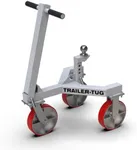
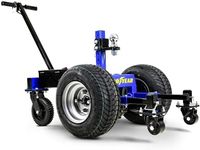
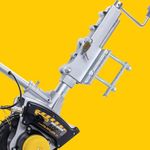
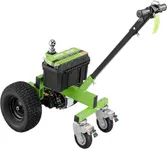
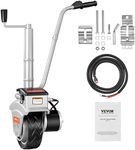
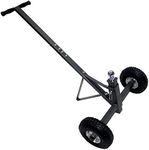


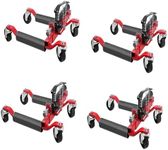
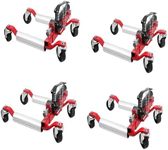
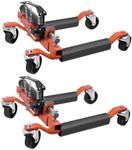
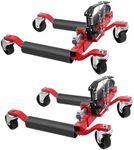
![Car Dolly 4 Pack, [Upgraded] Towallmark Car Dolly with Nylon Wheels, 6000lbs Load Bearing, Tire Wheel Dolly Vehicle with 360° Rotational Wheel for Moving Cars, Trucks, Trailers, Motorcycles, Black](https://images-proxy.bestreviews.guide/PV75aVVYGp5qIJKVldWvq0Esysg=/0x150/https://m.media-amazon.com/images/I/41xNW0+JaZL._AC_CX679_.jpg)





